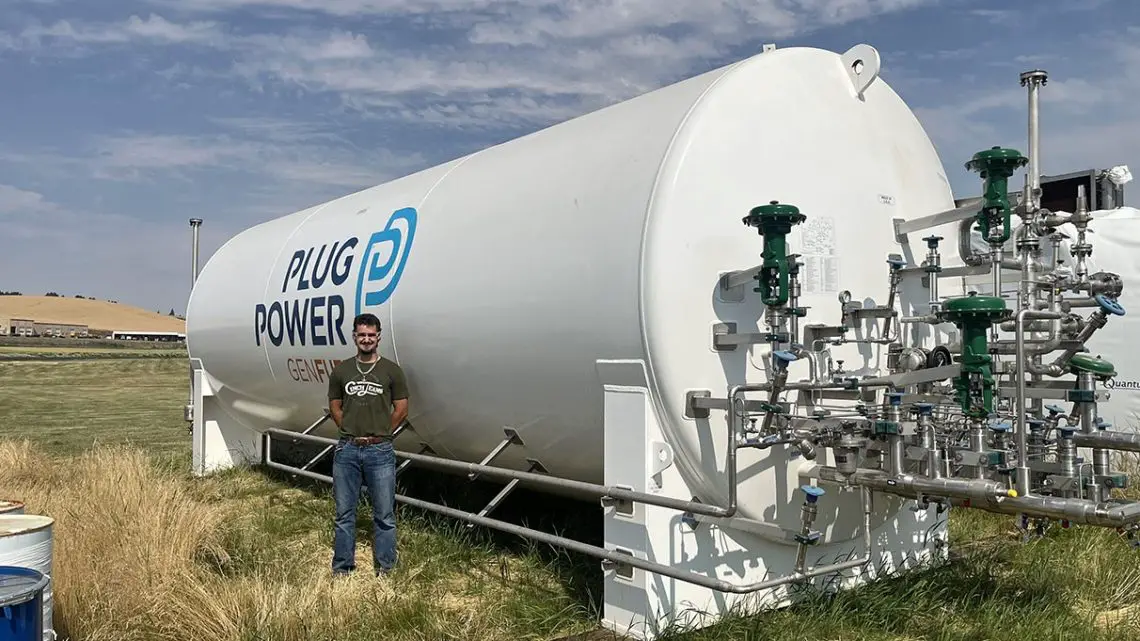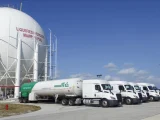
WSU Model Improves Liquid Hydrogen Storage Efficiency
August 25, 2025Researchers at Washington State University have cooked up a brilliant mathematical model for liquid hydrogen storage that slashes boil-off losses by more than 25%. By plugging in real tank data from Plug Power, the team pinpointed some quick wins—think tweaking relief-valve set points—that can really move the needle for logistics hubs and future airport fueling stations.
Under the guidance of Professors Konstantin Matveev, Jake Leachman, and Bin Yang, this work dovetails with DOE-funded clean hydrogen hubs across the Pacific Northwest, helping fuel the region’s push for sustainable energy and industrial decarbonization. Couple that with strides in lignin-based jet fuel and AI-powered catalysts, and you’ve got the makings of a rock-solid hydrogen infrastructure.
By the Numbers
- 25%: Typical boil-off loss in standard storage tanks
- 26%: How much hydrogen you can save just by bumping up relief-valve pressure
- 13%: Transfer-line losses when offloading liquid hydrogen
- Run hundreds of tank-hours of simulation in mere minutes
- 250 tanks tracked across Plug Power’s global forklift fleet
- 70,000 forklifts powered by liquid hydrogen right now
Under the Hood
At its heart, WSU’s liquid hydrogen storage mathematical model is a smart simulation that captures the thermal and fluid dynamics inside cryogenic tanks. It juggles pressure, temperature, insulation specs—you name it—and runs through dozens of “what-if” scenarios, from relief-valve tweaks to pressure-target adjustments, to find that sweet spot where boil-off hits the floor. Thanks to timestamped records from Plug Power’s operational tanks, what would take months of real-world testing now wraps up in minutes on a standard workstation.
But they didn’t stop there. Teaming up with the Pacific Northwest National Laboratory (PNNL), WSU researchers have also crafted a new lignin-based jet fuel that locks in hydrogen as a stable liquid under normal conditions, releasing it on demand without needing ultra-cold storage. And over at the University of New Haven, a side project on AI-powered catalysts is speeding up how fast hydrogen can bind and unbind, promising bigger efficiency gains and cost cuts down the road.
The model even lays out a roadmap to zero boil-off—although you’ll need fancier vacuum-jacketed transfer lines, top-tier insulation, and pinpoint control systems. These findings are already feeding into DOE-sponsored studies on sustainable aviation fuels and FAA evaluations of airport liquid hydrogen facilities, bridging the gap between lab and runway.
Market Angle
For Plug Power, which runs about 250 liquid hydrogen tanks supporting some 70,000 forklifts globally, chopping boil-off by a full quarter translates straight into fuel savings and fewer refill trips. With green hydrogen availability rising and fuel cell costs dropping, streamlining logistics is absolutely critical to make the case against battery-only solutions. The Plug Power–WSU collaboration shows how industry and academia can cook up scalable fixes, all thanks to DOE backing.
Out here in the Pacific Northwest, state and federal support has ignited projects—from Atlas Agro’s $1 billion zero-carbon fertilizer plant to PNNL’s lignin-jet-fuel ventures—cementing the region as a national leader in hydrogen infrastructure. Logistics players and port authorities eyeing hydrogen for heavy-duty transport know that reliable hydrogen storage and transfer are non-negotiable, and WSU’s model is a handy blueprint.
Over at airports, operators can put these insights to work to curb ground-level losses at fueling stations and bolster supply-chain resilience. In harsh industrial environments—think steel mills, glassmakers, refineries—tightening up tank operations is a key step toward on-site hydrogen storage, a linchpin for large-scale decarbonization. And as electrolyzer capacity and renewable power grow, every intact kilogram of green hydrogen delivered is gold for affordable hydrogen production. Regulators might even lean on these results when drafting efficiency standards for cryogenic storage.
The race to a zero-emission hydrogen economy hinges on squeezing out every drop of inefficiency, whether it’s boil-off, transfer losses, or reaction bottlenecks. By blending data-driven modeling with cross-sector teamwork, WSU has handed operators a clearer playbook to safeguard precious kilos of hydrogen. As the hydrogen storage scene evolves, these operational tweaks could be exactly what turns potential into performance.



 With over 15 years of reporting hydrogen news, we are your premier source for the latest updates and insights in hydrogen and renewable energy.
With over 15 years of reporting hydrogen news, we are your premier source for the latest updates and insights in hydrogen and renewable energy.